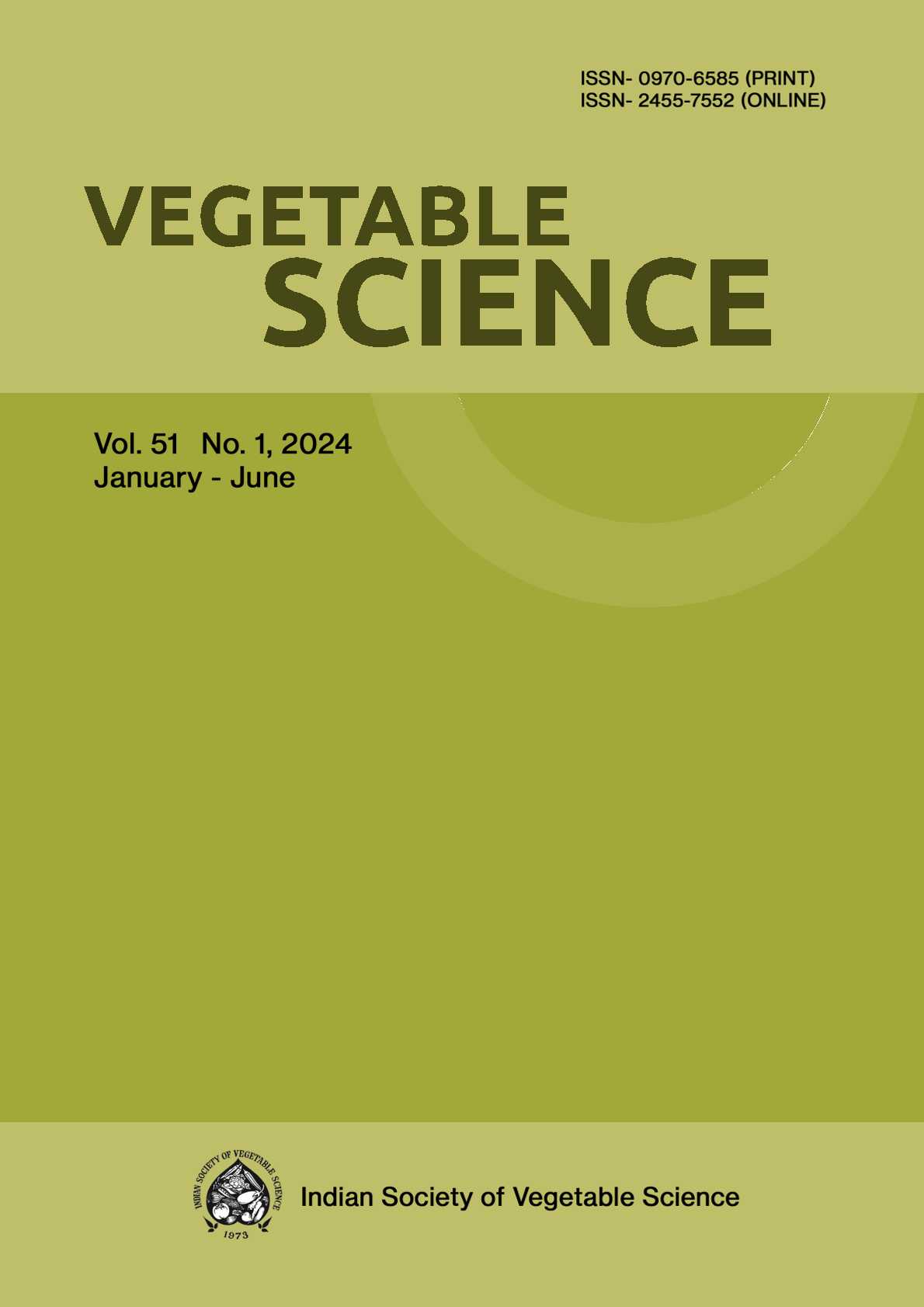Genetic improvement of cauliflower
DOI:
https://doi.org/10.61180/Keywords:
Cauliflower, Genetic improvement, resistance breeding, male sterility, self-incompatibility.Abstract
Cauliflower is an important winter season vegetable crop which belongs to the family Brassicaceae and is grown in many countries like India, China, Italy, Europe, America, etc. It isgrown for its highly suppressed ‘prefloral fleshy apical meristem’ branches called “curd.” It is a cross-pollinated crop.There are different groups based on their characteristics. Multiple pollination mechanisms, e.g., self incompatibility and male sterility, not only encourages cross-pollination but also found useful in the commercial hybrid seed production of the crop. As the main hindrance to the popularization of F1 hybrids for conventional agriculture is unavailability and high cost of hybrid seed. In cauliflower, F1 hybrids have been found been found bred for earliness, high early and total yield, better curd quality with respect to compactness and color, uniform maturity, resistance to insect pest, diseases and unfavorable weather conditions. Many studies have been done on the aspects of genetic improvement, resistance for biotic, abiotic stresses and on bio-technological aspects. Recently, breeding for organic agriculture has been considered with the main objectives of adaptation to many conditions and quality for the products. To enhancing biodiversity and to respect IFOAM Organic Principles, population varieties are preferred to F1 hybrid varieties.
Downloads
Published
Issue
Section
License

This work is licensed under a Creative Commons Attribution-NonCommercial-NoDerivatives 4.0 International License.






